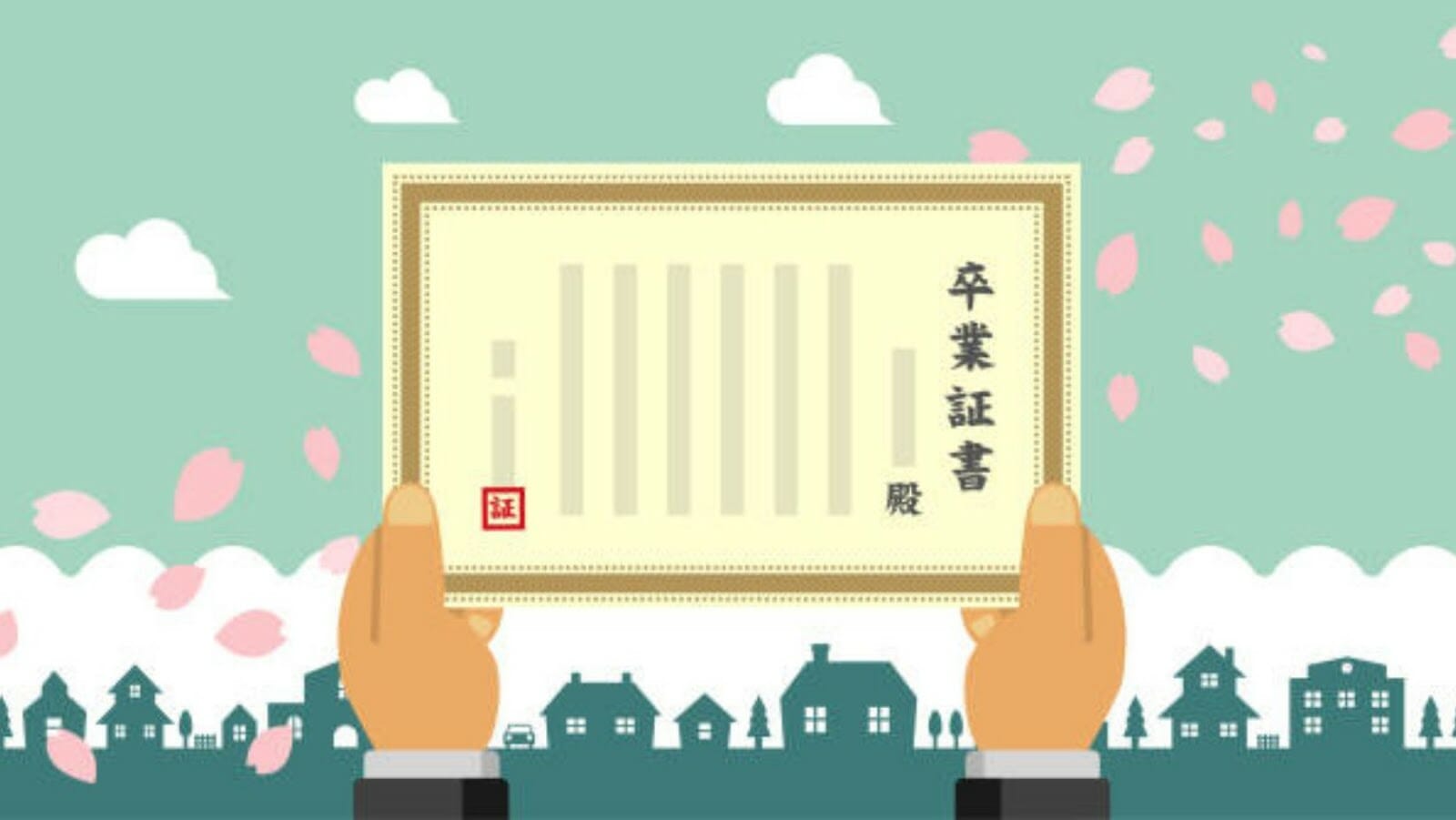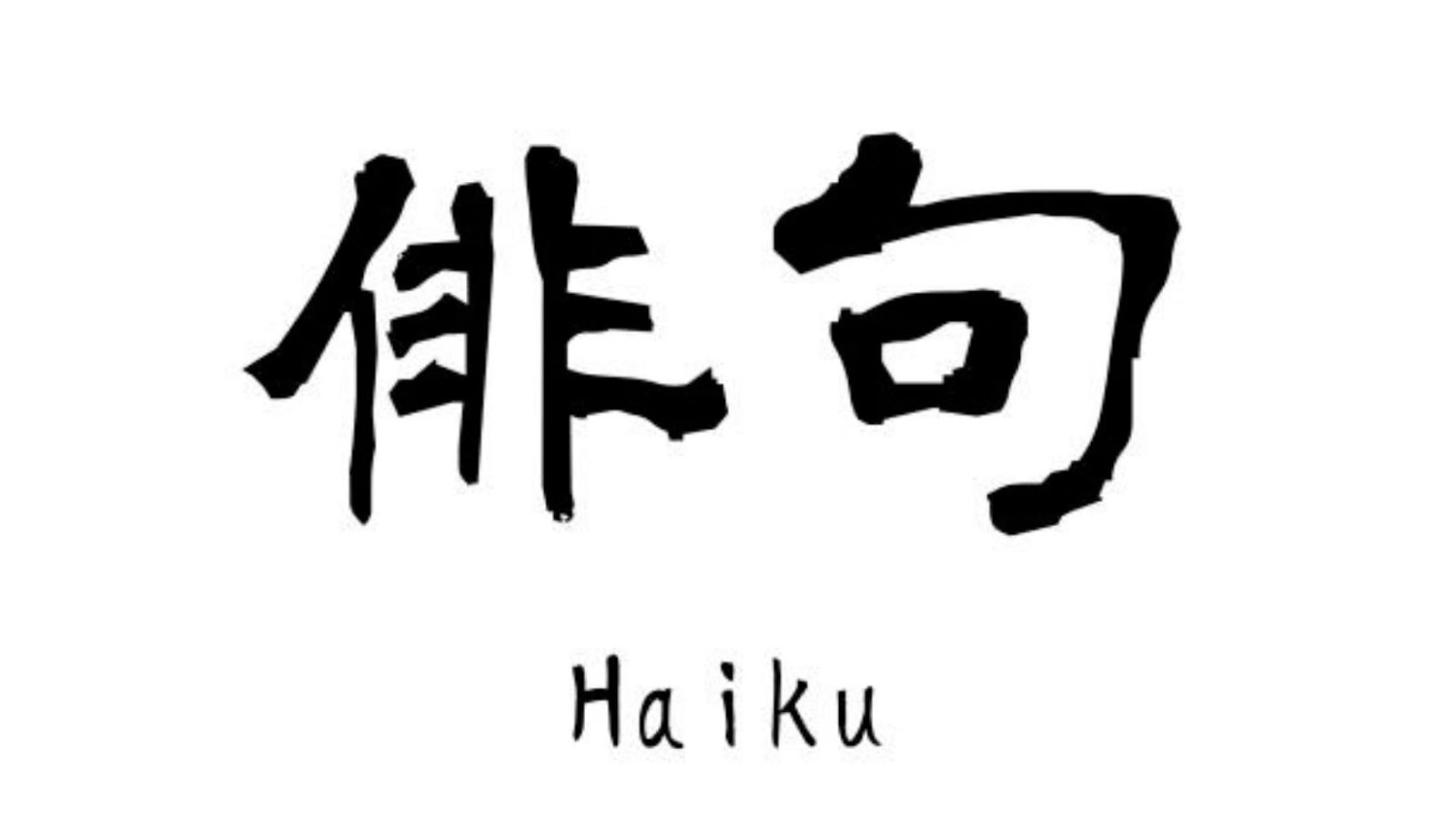It is widely believed that Japanese Haiku and English Romantic Poems share certain similarities. It is not hard to understand why this is so, as both forms of poetry express emotion and meaning through carefully crafted words, imagery, and syllable counts.
In this article, we will explore the similarities between these two poetic forms, looking at the techniques and structures which link them.
Japanese Haiku Are Similar To English Romantic Poems Because They Both
One of the central themes of Japanese haiku and English Romantic poems is the dependence on nature, which makes them similar in many ways.
Japanese haiku and English Romantic poems have a strong connection to nature and focus on the beauty of the natural world, with particular attention paid to the changing seasons and the wonders of flora and fauna.
Both forms of poetry use vivid images of the natural world to evoke emotions and express profound ideas, such as the transience of life and the beauty of impermanence.
Furthermore, both the Haiku and English Romantic poets use descriptive language stripped of unnecessary words and embellishments, which allows the reader to focus on the natural world and its beauty.
In essence, both forms of poetry use nature to express life’s beauty, complexity, and transience.
Use Of Sensory Language And Vivid Imagery
Japanese Haiku and English Romantic poems are similar in their use of sensory language and vivid imagery to evoke emotions and paint pictures in the reader’s mind.
Haiku typically use natural images and a seasonal reference to create a sense of time and place. English Romantic poets also use natural imagery but often include human emotions and experiences.
Both forms of poetry use concrete, sensory language to create a mood and convey meaning to the reader. They seek to capture a moment of fleeting beauty or emotion and present it in a way that resonates with their audience.
Whether it’s a haiku about a cherry blossom tree or a Romantic poem about a majestic mountain range, these forms of poetry invite the reader to experience the beauty of the natural world and contemplate the human condition through vivid imagery and sensory language.
Celebration Of Individuality And Personal Experience
Japanese haiku and English Romantic poems may differ in style, culture, and language, but both uniquely celebrate individuality and personal experiences.
Japanese haiku is known for its short format, typically consisting of three lines and 17 syllables. At the same time, English Romantic poems tend to be longer and more elaborate in their metaphors and language.
Despite these differences, both forms focus on capturing the beauty and essence of nature, as well as the individual’s emotional experiences.
Haiku often evokes a sense of mindfulness and contemplation, encouraging the reader to slow down and appreciate the present moment. At the same time, Romantic poems express a deep appreciation for the natural world and how it elevates the human spirit.
Whether through elegant simplicity or vivid imagery, haiku and Romantic poetry remind us of the power of language to reveal our innermost thoughts and feelings.

Differences Between Japanese Haiku And English Romantic Poems
It is interesting to note that, despite the large cultural gap between English literary tradition and that of Japan, some of the key elements of poetry remain remarkably similar, as seen in the comparison of Japanese Haiku and English romantic poems.
In this article, we will explore the differences between Japanese Haiku and English romantic poems, and how they are similar and different in structure, style, and purpose.
Structure And Form
Japanese Haiku and English Romantic Poems differ in their structure and form. A Japanese Haiku is a three-line poem that follows a 5-7-5 syllable pattern, with seventeen syllables. In contrast, English Romantic Poems do not follow a strict syllable count, emphasizing rhyme scheme, meter and line length.
However, both forms of poetry share commonalities. For instance, Japanese Haiku and English Romantic Poems often use vivid language and imagery to convey nature-related emotions. The brevity of a Haiku and the restraint in Romantic poetry creates a sense of depth and evokes subtle emotions within the reader.
In this respect, Japanese Haiku are similar to English Romantic Poems because they both capture the essence of nature in a profound and meaningful way.
Haiku’s use of syllable count and kireji (cutting word)
Haiku is a traditional form of Japanese poetry that uses a strict syllable count and kireji, or cutting word, to create a distinct pause or shift in meaning. While English Romantic poems differ from Japanese Haiku in many ways, they share some similarities in their use of nature and sensory imagery.
Haiku follows a 5-7-5 syllable pattern, with three phrases of 5, 7, and 5 syllables each. In addition, these poems often include a kireji, a word that creates a contrast or shift in meaning between the two parts of the poem.
On the other hand, English Romantic poems aren’t constrained by strict syllable counts or specific forms. However, both Haiku and English Romantic poems often use nature and the senses to convey emotions and explore the human experience. Haiku and English Romantic poems find beauty in the natural world and attempt to convey it through their words.
While Haiku and English Romantic poems are different in many ways, they both remind us of the importance of nature and the power of language to shape our perspective on the world.
Pro Tip: If you’re interested in writing Haiku, try to capture a moment of sensory experience in just a few words, using precise and evocative language.
Romantic poetry’s use of meter and rhyme scheme
Japanese Haiku and English Romantic poems may seem vastly different, but similarities can be found in their meter and rhyme scheme.
Haikus are composed of three lines with a 5-7-5 syllable pattern and no particular rhyme scheme. Romantic poems, on the other hand, are known for their complex rhyme schemes and meter use to evoke emotions in the reader.
Despite their apparent differences, their similarity lies in the fact that they both use their respective poetry styles to express emotions and paint a vivid picture in the reader’s mind.
Both Haiku and Romantic poems use language to evoke emotions in the reader and provide a new perspective on the world around us. Whether a few lines of a Haiku or an epic Romantic poem, both forms uniquely make the readers feel alive and connected to the world around them.

Cultural And Historical Context
Understanding the cultural and historical context is essential in exploring the similarities and differences between Japanese Haiku and English Romantic Poems.
While Japanese Haiku emphasizes nature metaphors and the “here and now” concept, English Romantic Poems emphasize imagination and individualism to express emotions and nature.
However, Japanese Haiku and English Romantic Poems share the theme of portraying nature as something intrinsic to human experience. Both forms of poetry utilize nature to reflect on the human state of mind and emotions, providing an insight into the greater meaning of life.
Japan and England’s cultural and historical context plays a significant role in shaping their respective literary traditions, which can be seen in the difference in their poetic forms, cultural beliefs, and worldviews.
Exploring these similarities and differences can help us gain a deeper appreciation and understanding of the poetic traditions of both cultures.
Pro tip: When appreciating different literary traditions, keep an open mind and try to understand the cultural and historical context in which the works were created. It can enhance your appreciation of the art form and broaden your perspective.
Haiku’s origins in Japanese Zen Buddhism
Haiku originated in Japanese Zen Buddhism and is a form of poetry that seeks to capture the essence of a moment in nature in just a few words.
Unlike English romantic poems, haiku does not seek to express individuality or emotion. Instead, haiku aims to convey a natural experience in its pure and simple form.
However, there are similarities between Japanese haiku and English romantic poems in that both seek to capture a moment in nature and evoke a sense of the sublime or the transcendent. In addition, both forms of poetry use language to evoke powerful images and emotions in the reader.
Ultimately, the difference lies in the approach to nature and the human experience. While English romantic poetry seeks to explore the relationship between the self and nature, haiku aims to dissolve the boundary between self and nature, and to reveal the interconnectedness of all things.
Pro tip: Next time you are in nature, take a moment to observe and appreciate the beauty around you. You may be surprised at the feelings and insights that arise.
Romantic poetry’s origins in reaction to the Enlightenment and Industrial Revolution
Romantic poetry originated as a reaction to Europe’s Enlightenment and Industrial Revolution, characterized by a focus on nature, emotion, and individualism. While on the other hand, Japanese Haiku is a traditional form of poetry emphasizing simplicity, nature, and aesthetics.
Despite their differences, Japanese Haiku and English Romantic poems are similar in their focus on nature and the feelings it evokes. Both forms of poetry use the natural world to express complex emotions, often relying on sensory descriptions to create a vivid picture in the reader’s mind. Japanese Haiku and English Romantic poems also typically have a concise structure, with limited syllables per line. However, Japanese Haiku follows a strict syllable count of 5-7-5, while English Romantic poems often have a more flexible structure.
Overall, both forms of poetry offer a glimpse into different cultures and ways of approaching the natural world, allowing us to appreciate our environment’s beauty and fragility.

Philosophical Differences
Japanese Haiku and English Romantic poems showcase philosophical and stylistic differences, with varying approaches to themes, emotions, and literary devices.
While Japanese Haikus are known for their brevity, simplicity, and focus on nature, English Romantic poems are known for their emotive language, romantic themes, and elaborate metaphors and symbols.
However, both Japanese Haikus and English Romantic poems share some similarities. They both explore the beauty of nature, express emotions, and portray human experiences in a sensory and vivid style. Moreover, Japanese Haikus often use nature as a metaphor to illustrate human emotions, similar to how English Romantic poems use nature as a tool to convey human experiences.
While the philosophical differences between Japanese Haiku and English Romantic Poems are visible, the similarities prove that literature transcends borders and cultures, bringing people together over universal human experiences.
Haiku’s emphasis on impermanence, detachment, and mindfulness
Japanese Haiku emphasizes impermanence, detachment, and mindfulness. In contrast to English Romantic poems, which often elevate human emotion and experience, Japanese Haiku seeks to capture a fleeting moment or a subtle aspect of nature.
The similarities between Japanese Haiku and English Romantic poems lie in their appreciation for beauty and their acknowledgment of human experience’s complexities. While English Romantic poems focus on emotions, Haiku poetry brings attention to sensory experiences, often incorporating natural elements to convey a sense of unity with the world. Both forms of poetry capture the essence of their respective cultural contexts, allowing readers to glimpse the heart of the society that produced them. Ultimately, their similarity lies in their ability to evoke deep emotions and connections from seemingly simple images and language.
Romantic poetry’s emphasis on emotion, subjectivity, and self-expression
Japanese Haiku and English Romantic poems may seem like two vastly different styles of poetry, but upon closer examination, they share more similarities than one might think. Japanese Haiku and English Romantic poems emphasize emotion, subjectivity, and self-expression.
Japanese Haiku is a concise form of poetry that often focuses on nature and the seasons. These poems consist of three lines with a 5-7-5 syllable count. Despite its brevity, the Haiku emotionally impacts the reader through its vivid imagery and sensory language.
On the other hand, English Romantic poets often explore themes of nature, love, and intense emotions, using complex metaphors and vivid imagery to evoke emotional responses from readers.
Both forms use the natural world and sensory language to convey emotion and make connections between seemingly unrelated things.
Overall, Japanese Haiku and English Romantic poems emphasize self-expression and evoke powerful emotions in their readers, making them both beautiful and impactful forms of poetry.


